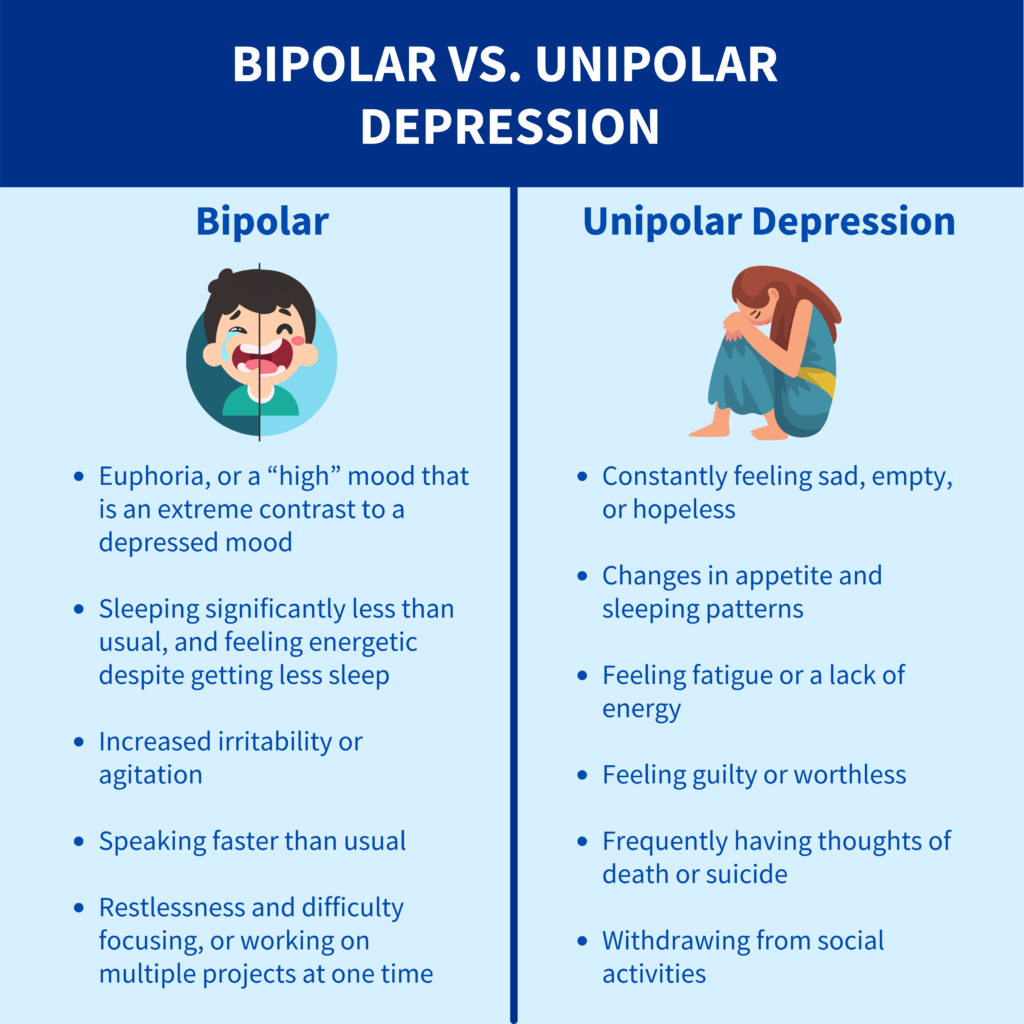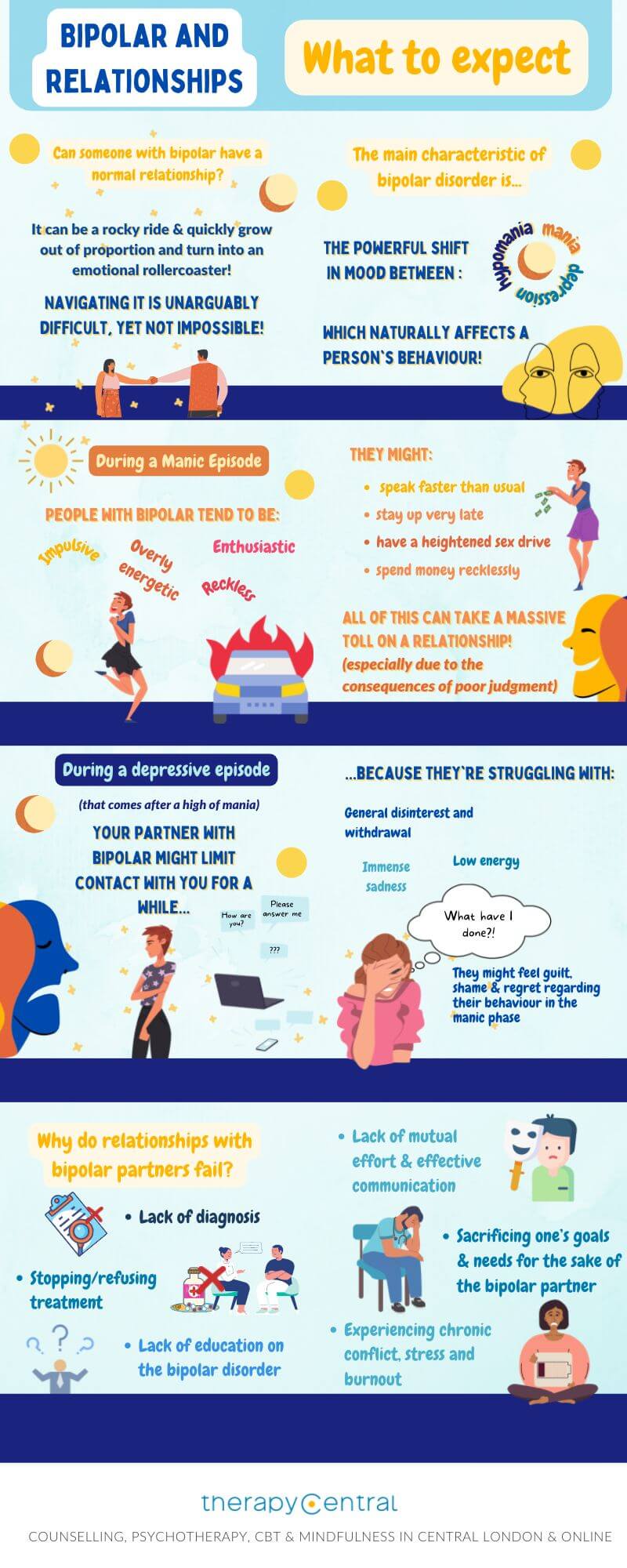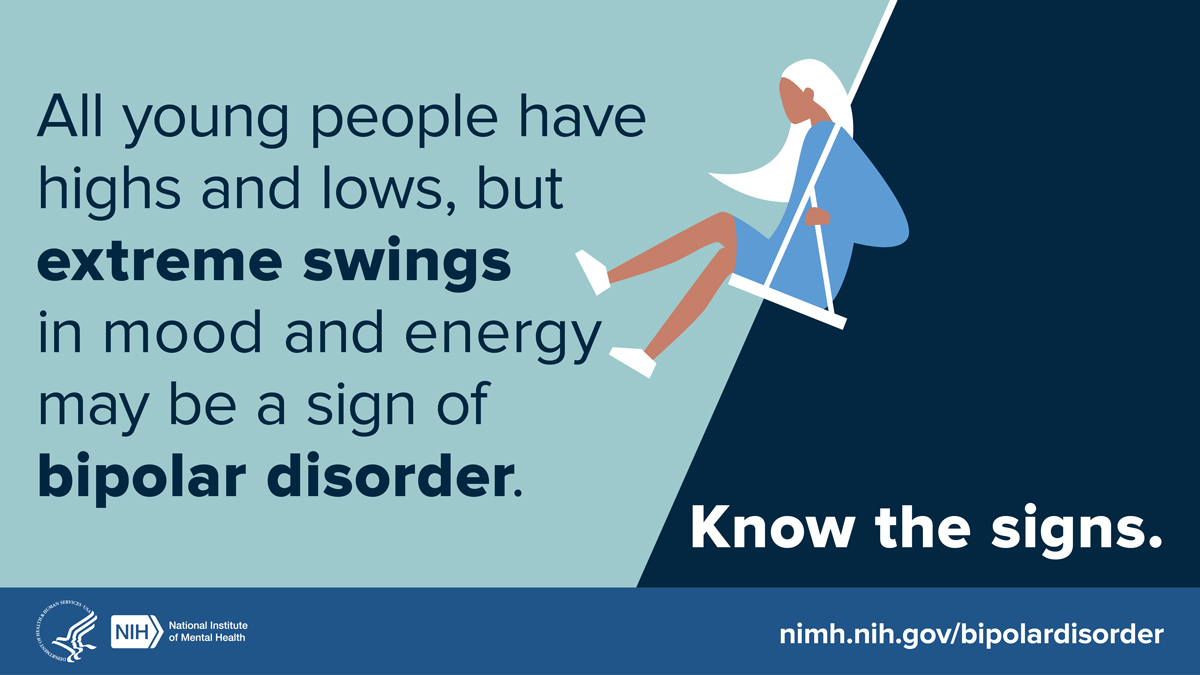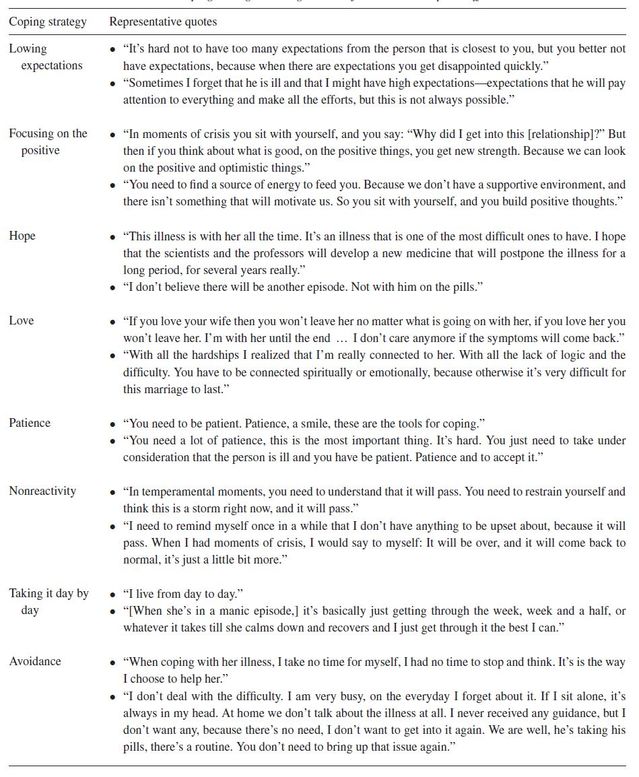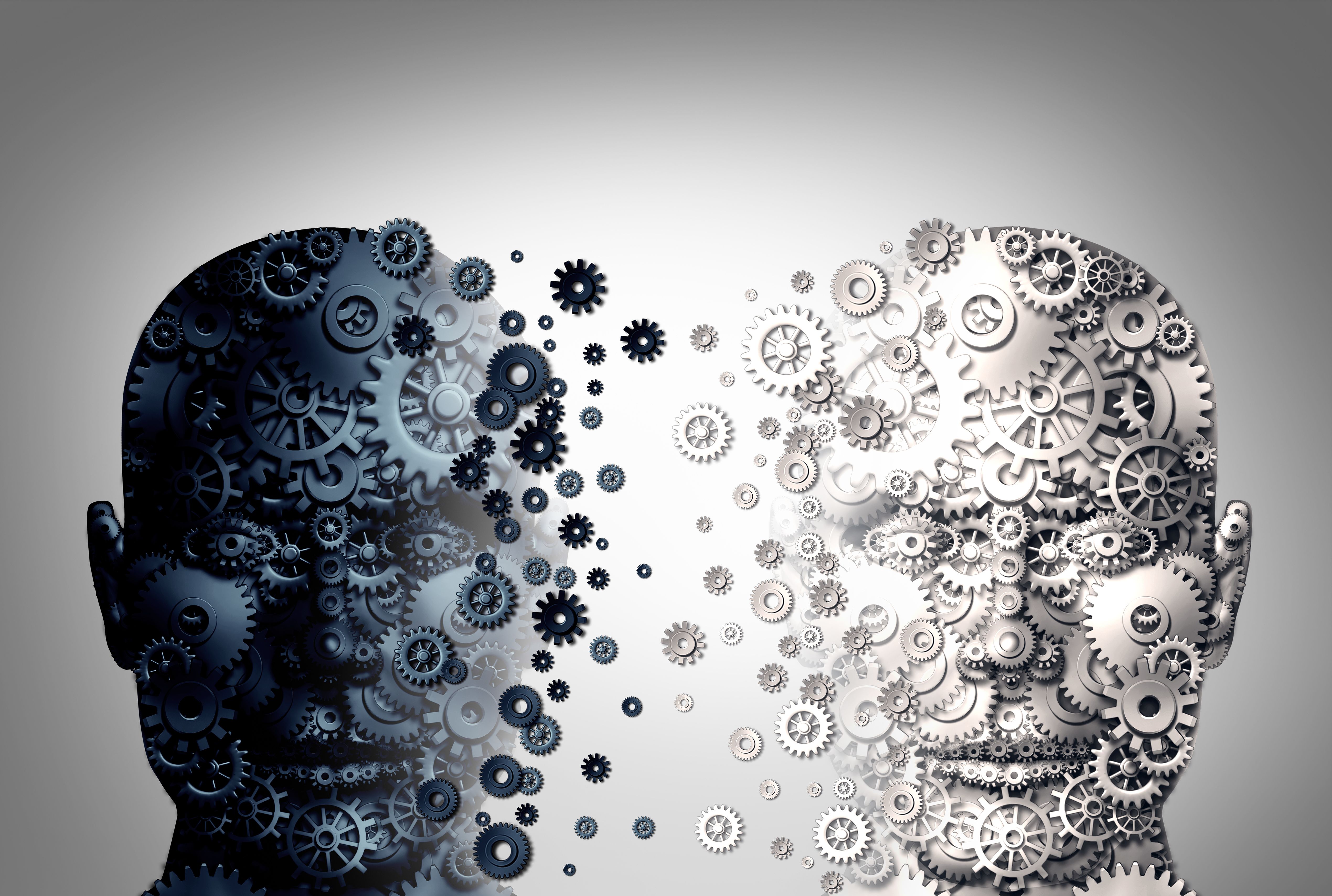Supreme Info About How To Deal With A Manic Person
/what-is-bipolar-mania-how-is-it-diagnosed-380314_finalcopy-bbe70a3726fe426b9f962c56a24c0036.png)
Limit the stimulation they’re exposed.
How to deal with a manic person. Exercise both burns off excess energy while also avoiding inactivity, which can be a problem with the depression side of bipolar disorder. If you are able to notice signs early enough and if you can get the person in touch with their prescriber, medication adjustments can help to lessen or stop the manic episode. How to get a manic person help.
The type of excitement and irritability that a manic person feels is oftentimes released by doing something impulsive and equally intense. Spend time with them, regardless of their behavior, and don’t take any rude or insensitive comments personally during a manic episode. Stay connected with friends and family who can offer support.
Be prepared to offer this person the love and support they need following a manic episode. Don’t escalate the situation by raising your voice or crossing the plane of their personal space. The goal is to rapidly reduce the mania, using the above medications,.
Be there to help them pick up the pieces. They will also be sensitive to attempts to manipulate. Ways to support a person who is experiencing a manic or hypomanic episode include:
You can hire a professional therapist. Be honest with others another important. Attend therapy as prescribed by a therapist.
So make time every day to do things you enjoy. Breaking laws by engaging in. Don’t argue or fight with someone experiencing a manic episode.
/what-not-to-say-to-somebody-with-bipolar-disorder-380598-final-5b0252c79432480c80bc58860d82f24e.png)
:max_bytes(150000):strip_icc()/how-to-recognize-a-manic-or-hypomanic-episode-380316-5c4548cdc9e77c000161b239.png)

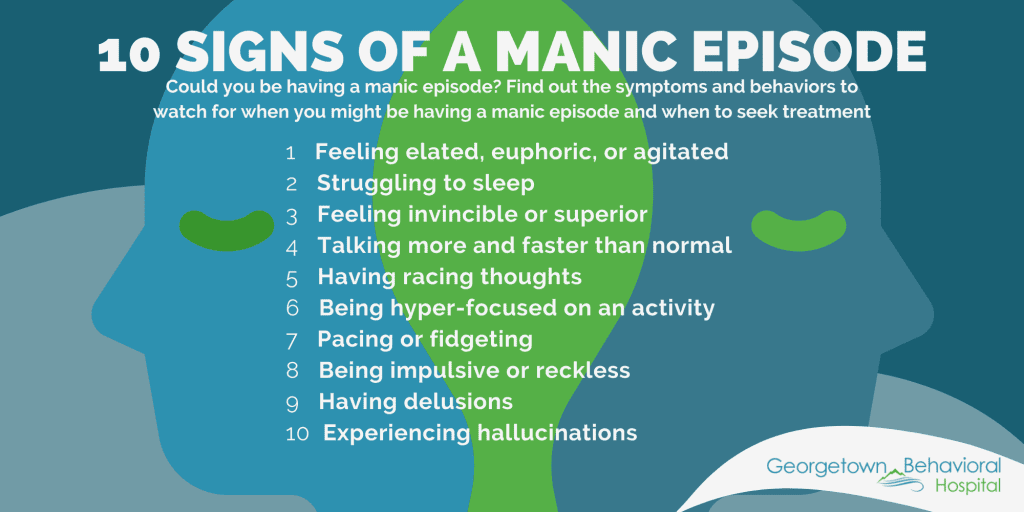




/what-are-racing-thoughts-378823-1c82f841517746eb997a028ac44c8b35.png)
:max_bytes(150000):strip_icc()/VWH_Illustration_How-to-Support-a-Spouse-Living-With-Bipolar-Disorder_Illustrator_Julie-Bang_Final-7ec0a99ee0174dab87d2cac17a279ab1.jpg)
